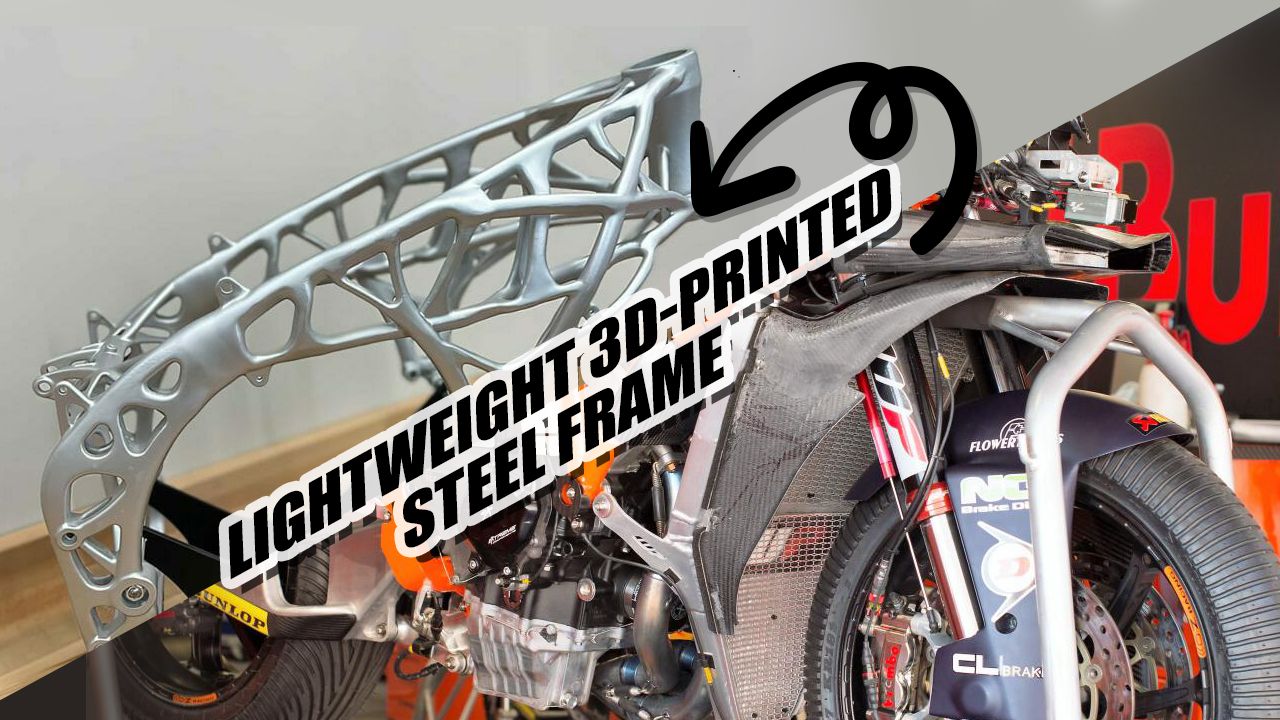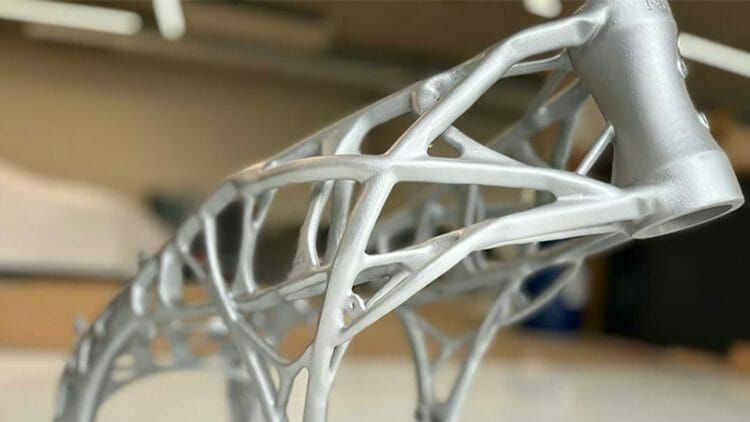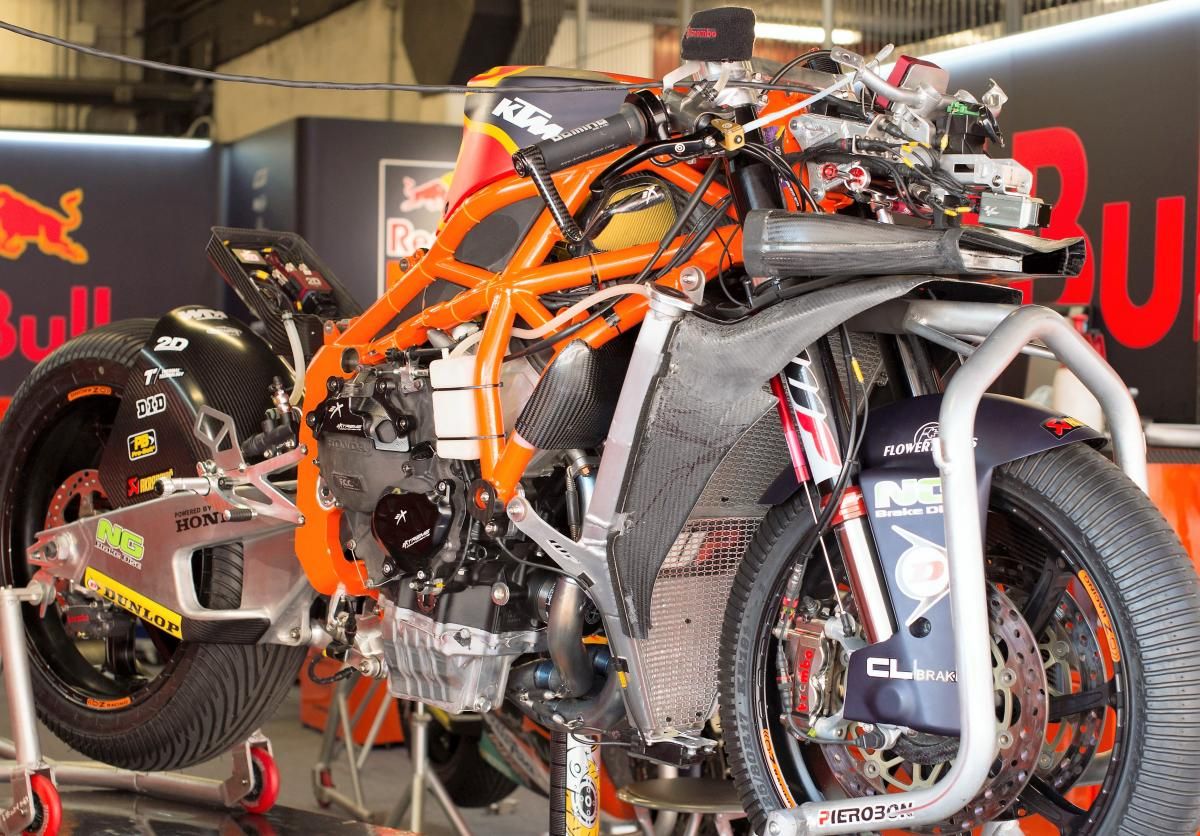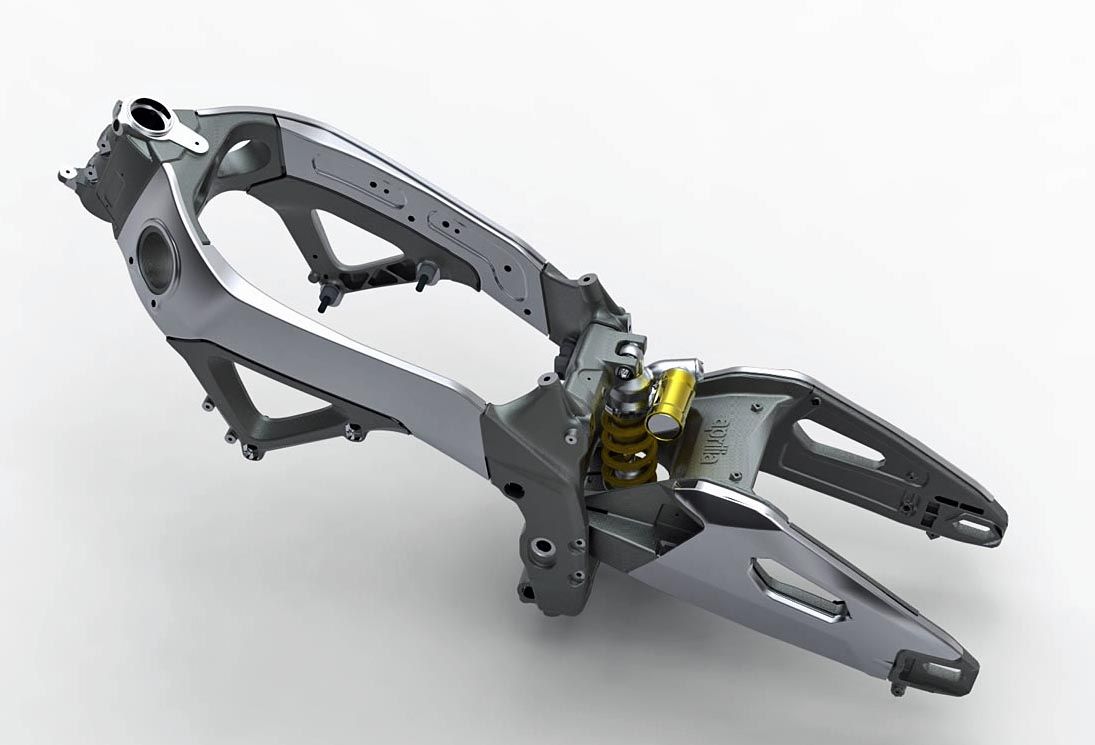A Spanish university, in collaboration with ArcelorMittal steel have 3D-printed a trellis frame which is several kilograms lighter than an equivalent aluminium frame.
The Steel Tube Frame Has Just Become relevant Again
Aluminium motorcycle beam frames have been the norm for decades, being much lighter and stiffer than equivalent steel-tubing frames. Having said that, the steel-tubed frame is still popular, having been only recently abandoned by Ducati for the Monster models and KTM, of course, still uses steel tubing for both its road and racing bikes.
The invention of 3D printing has had far-reaching consequences for manufacturing, with products being made in all manner of materials. Now, a Spanish university has 3D printed a hollow-tubed steel motorcycle frame. The real breakthrough here is the fact that the tubes are hollow.
A statement read: “the University of Nebrija and ArcelorMittal have succeeded in producing a steel frame using the 3D-printing process, which is very light, but also has the necessary stiffness.”
Sergio Corbera, a mechanical engineering student from the University of Nebrija, said “The ability to create hollow parts was the biggest unknown in 3D printing metal. We are talking about wall thicknesses between 0.8 and 1mm in the chassis.”
It is this narrow wall to the tubes that make the difference. Aluminium tubes could never be that thin and give the same strength so they would have to be solid tubes which would make the frame too heavy.
The frame weighs in at just 3.8kg, according to Paula Rodriguez, a research and development engineer at ArcelorMittal, with whom the university collaborated on the project. She said, “A high-quality aluminium frame from the major motorcycle manufacturers does not weigh less than five kilos, while the other steel frames weight about six to seven kilos.” The saving of a kilogram or two might not seem like much but engineers will take any advantage they can get.
KTM already 3D prints components for its MotoGP bikes, including the chassis frame tubes: the technique allows for greater flexibility in the manufacturing process and the company believes it is the future for both road and race bike manufacture.
Images of the new frame courtesy of German website Motorcycles News




